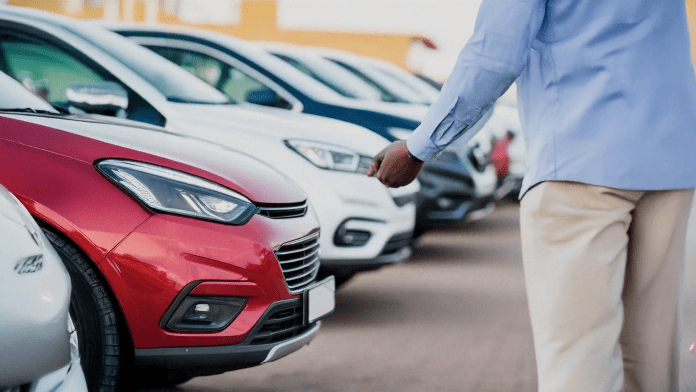Once a booming segment during the pandemic, the used car market is experiencing a substantial price dip. Understanding the factors behind this decline and anticipating when the market might rebound is crucial for dealers. Here, we explore the current dynamics affecting used car prices and offer insights into when more profitable levels might return.
Factors Contributing to the Dip in Used Car Prices
Increased Supply of New Vehicles
One of the primary factors driving the current decline in used car prices is the increased supply of new vehicles. Over the past few years, OEMs have grappled with supply chain disruptions, particularly the semiconductor shortage. These disruptions led to the limited availability of new cars, pushing consumers toward the used car market driving up prices. However, as supply chain issues eased and production ramped up, more new vehicles are hitting the market, reducing the demand for used cars.
Economic Uncertainty
Inflation, rising interest rates, and financial uncertainty have made consumers more cautious about large purchases. The increased cost of borrowing has particularly impacted the used car market, where consumers are more sensitive to financing costs. This caution has reduced demand, putting downward pressure on prices as dealers adjust to the changing economic landscape.
Decline in Pandemic-Driven Demand
During the height of the pandemic, used car prices soared due to a combination of factors, including a surge in demand for personal vehicles as people avoided public transportation and a shortage of new cars. However, the demand for personal vehicles has waned as the world adapts to a new normal and work-from-home arrangements become more permanent.
Current Market Trends and Dealer Strategies
Adjustments in Dealer Inventory
Dealers have quickly adjusted their inventory strategies in response to declining used car prices. With the influx of new vehicles, many dealerships focus on balancing their inventory, ensuring they are not overstocked with fat-depreciating used cars.
Pricing Adjustments and Consumer Incentives
In the face of falling prices, dealers increasingly offer discounts and incentives to entice buyers. These may include lower prices, attractive financing options, or trade-in bonuses. By making used cars more affordable and appealing, dealers aim to sustain demand and move inventory quickly.
Shifts in Consumer Preferences
Another factor influencing the used car market is the shift in consumer preferences. As more consumers opt for newer, greener vehicles like hybrids, the demand for older gas-only models decreases, further contributing to the price decline in the used car market.
Projections for Market Rebound
Economic Recovery and Consumer Confidence
The recovery of the used car market will likely be tied to broader economic factors. As inflation stabilizes and interest rates decrease, consumer confidence could increase demand for used cars.
Supply and Demand Equilibrium
The market’s stabilization will also depend on achieving a new equilibrium between the supply of new and used vehicles. As new car production continues normalizing, the pressure on used prices may ease.
Technological Advancements and Vehicle Longevity
As vehicles become more durable and retain their value longer, the used car market may shift toward higher-quality vehicles, which could help stabilize prices. However, this trend may also mean that older, less advanced models will continue to see declining demand and prices.
Conclusion
The current dip in used car prices results from a confluence of factors, including an increased supply of new vehicles, economic uncertainty, and shifting consumer preferences. While the market is unlikely to return to the highs seen during the pandemic, a rebound is possible as economic conditions improve and the supply-demand balance stabilizes.



